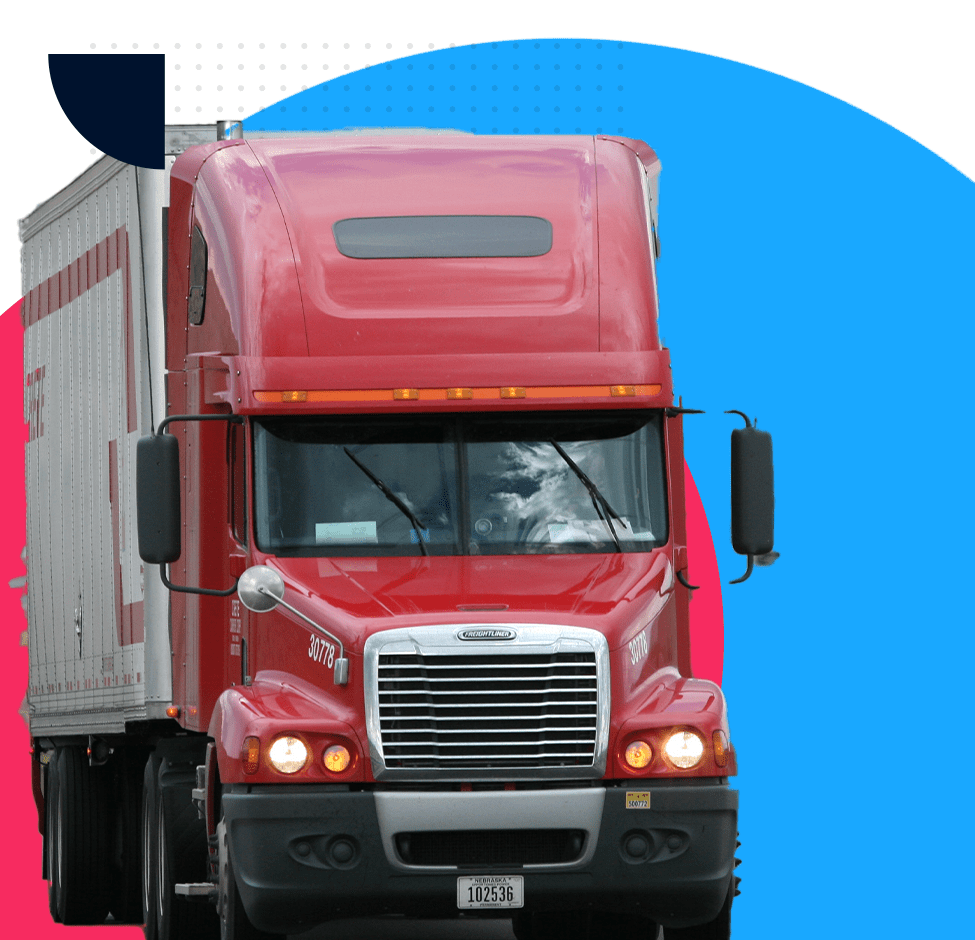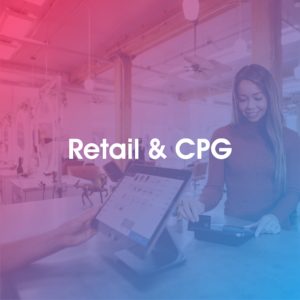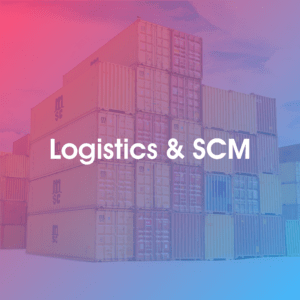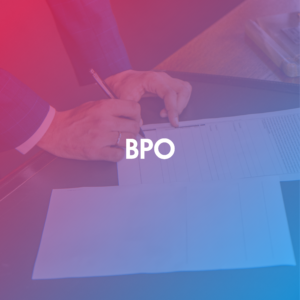

RPA Solutions for Retail Industry
Watch Demonstration
Retail is the final step in a product’s supply chain. To reach this step, businesses undertake complex processes ranging from inventory management to store planning to customer support. A growing number of challenges prevent retail organisations from running their operations smoothly. As customers demand better experiences, retail organisations are finding it increasingly challenging to meet their expectations. When combined with supply chain disruptions and increasing costs of the products themselves, retailers need to find new ways to improve experiences and minimise disruptions. Robotic process automation (RPA) can help with many of the retail sector’s challenges by automating crucial or entire processes.
Challenges in the Retail Sector
Changing Customer Expectations
Consumers have ever-changing expectations, making it challenging for retailers to respond to them effectively.
Employee Retention
Unusually high levels of voluntary employee turnover in the retail sector lead to significant business disruptions.
Managing Communication
Ensuring effective communication between the different business units and outside stakeholders is not easy.
Cost Increases
With supply chain disruptions and inflation, keeping costs at acceptable levels is a concern for retailers.
Digitalisation
Customers and employees demand greater digitalisation for ease, but new technology costs remain a barrier.
Inventory Management
Despite technological advancements, knowing which product to restock or dispose of remains a problem.
RPA Use Cases in Retail

Business Analytics
Retail organisations cannot make critical decisions without business analytics, such as when to start promotions or introduce a new product. It is challenging for employees to gather, analyse, and interpret the data to develop a comprehensive business analytics report. RPA can be instrumental in many ways. It can automate the data collection, removing the need for manual data gathering while helping analyse and interpret the data. A detailed RPA developed report can help in data-driven decision-making.


Store Planning
The goal of store planning is to place products in a way that customers can easily access and ensure that the retailer gets the maximum value out of each customer who walks into the store. The employees evaluate several factors when deciding on product placement. There’s a limit to the number of factors that employees can consider, meaning there is a high possibility that retailers are not getting the maximum value. RPA bots can analyse countless factors simultaneously to help with store planning.

Demand Supply Planning
Figuring out the demand and supply requires considerable manual work. Employees must evaluate the existing sales, data patterns, ongoing trends, and apply prediction models to ascertain the demand. As it involves guesswork, there is a high probability of incorrect information. It can lead to over and undersupply of a product, both undesirable. RPA helps with accurately gauging the demand and supply, ensuring there is no possibility of over or undersupply, reducing expenses.


Logistics and Supply Chain Management
A lot goes into a retailer’s back office, including receiving products from the suppliers, shipping them to a customer, and reverse shipping. Logistics and supply chain management (SCM) largely depends on employees who undertake hours of manual, repetitive work. It leaves room for error, leading to considerable losses, lower customer satisfaction, and reputation damage. RPA can bring significant improvements in the two areas by automating every aspect of these two functions.
Taking the Next Step
Agile Managex Technologies offers RPA solutions in Dubai and globally. Check out our current RPA solutions or request a customised one tailored to your unique requirements.














